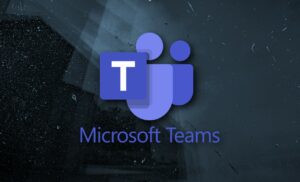
Domestic robots and privacy: the hidden price of the automated future
The home of the future is full of robots. Automated laundries, personal assistants, and small electronic housekeepers are all devices designed to free up precious time and make domestic life more convenient. But behind this promise of convenience lies a hidden price: privacy. Not just Neo, the future of domestic robots In recent months, products like Neo 1X have attracted media attention. This humanoid robot promises to load the dishwasher, fold laundry, and organize the house. However, the reality behind the promises is clear, as many of these robots are not yet autonomous. To perform even the simplest household tasks, they often










